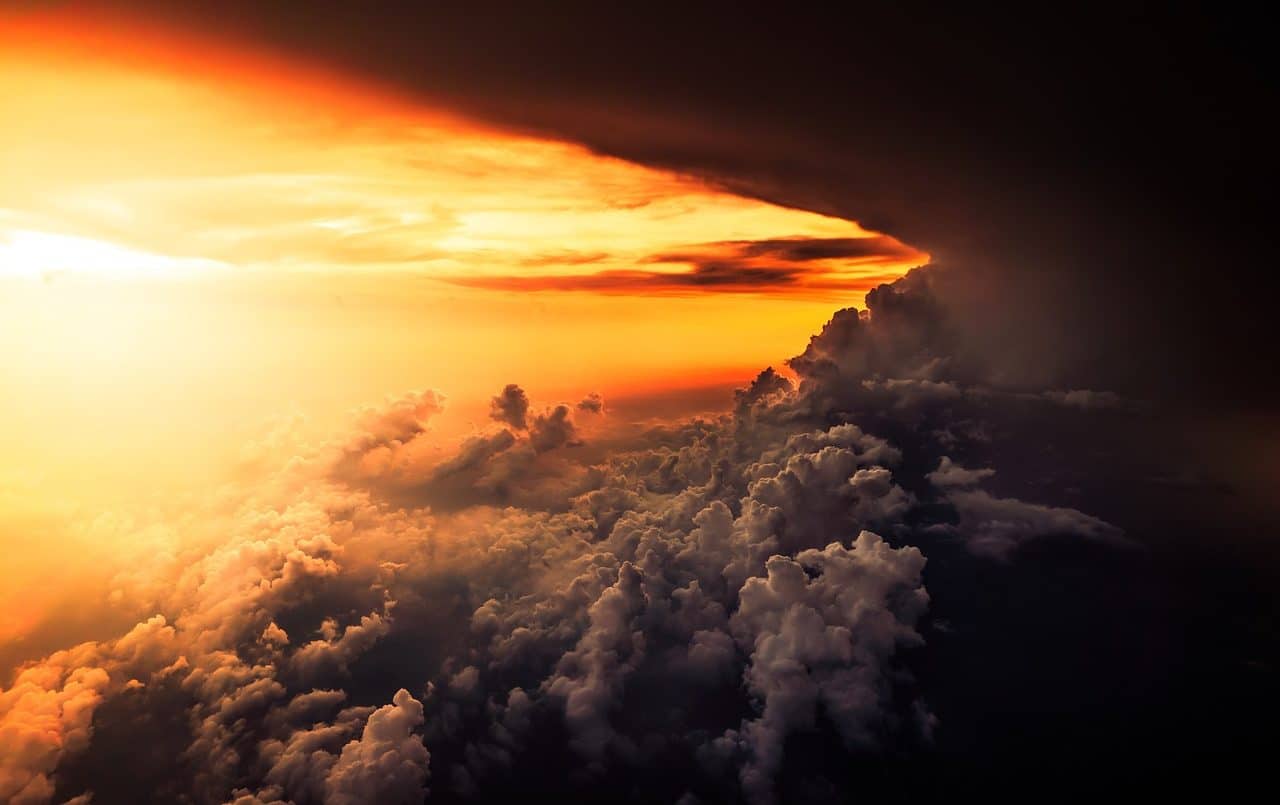
A solar storm is a disturbance of Earth's magnetosphere.
A solar storm is a disturbance of Earth's magnetosphere due to a wave of solar wind and radiation released from the solar corona.
This wave reaches our planet at least twenty-four hours after its emission and can cause problems in telecommunications and electrical networks. There are also those who maintain that, during a solar storm (also called a geomagnetic storm ), the risks of suffering strokes increase.
Solar storm concept
Before moving forward, it is important to be clear about several notions.
A storm is an intense agitation of the atmosphere, which may include precipitation, gusts, and other phenomena. Solar , for its part, is that linked to the Sun (the star that is located in the center of the Solar System and around which the planet Earth rotates).
To understand what a solar storm is, you have to know other additional concepts. On the one hand, it is essential to know that the magnetosphere is the area that surrounds the Earth about a hundred kilometers away, where the Earth's magnetism influences the particles that are ionized. The magnetosphere, in this way, is responsible for protecting the planet from the solar wind .
The solar wind , for its part, is the movement of the solar corona (the outer layer of the Sun ). This corona is composed of plasma (gaseous matter whose particles have an electrical charge).
Thus, when the solar wind disturbs the magnetosphere, the solar storm occurs.

The solar wind causes solar storms.
A historical phenomenon
The largest solar storm in history took place in 1859 , when the telegraph system failed and the northern lights could be observed in different countries. It was named the Carrington Storm in honor of Richard Carrington , the astronomer who observed it and the first to explain the relationship between the activity of the Sun and the geomagnetic alterations of our planet.
The Carrington Storm brought with it the northern lights , sighted in Honolulu and Cuba , and the aurora australis, observed in Santiago, Chile . The intensity of the flashes was such that some North American witnesses claimed to be able to read the newspaper without the need for artificial light, a fact that Daniel Baker , a member of the Laboratory of Atmospheric and Space Physics at the University of Colorado , commented in 2010 .
Possible consequences of a solar storm
Like a catastrophic scene from an American movie, the solar storm of 1859 caused sparks to fly from telegraphs and some to lead to fires, according to many operators of the time. While the technology of the mid -19th century seems precarious and limited to us, the mere possibility of a similar storm taking place today changes the perspective: the geomagnetic disturbances that then affected a not so important aspect of daily life today would leave us paralyzed .
Technology has become an essential part of our lives, so much so that for many people it is their only source of income: we depend on the Internet for almost all our activities, from leisure to education and communication . As some specialists point out, we live submerged in a "cyberbubble" , which would undoubtedly burst in the event of a solar storm of a magnitude similar to that of 1859 .
Different phases
It is important to point out the three phases into which a solar storm is divided from those heading to our planet. The first thing we can observe is the appearance of solar flares ; Ultraviolet light and x-rays ionize the upper atmospheric layer, causing interference to radio communications. Then comes the radiation storm , which can bring great dangers to any group of astronauts that is in full activity.
The last phase of the solar storm is the coronal mass ejection ; It is a cloud of charged particles, and the time it takes to reach our atmosphere is usually several days. Once there, the interaction of solar particles with the Earth's magnetic field causes electromagnetic fluctuations of considerable magnitude.
